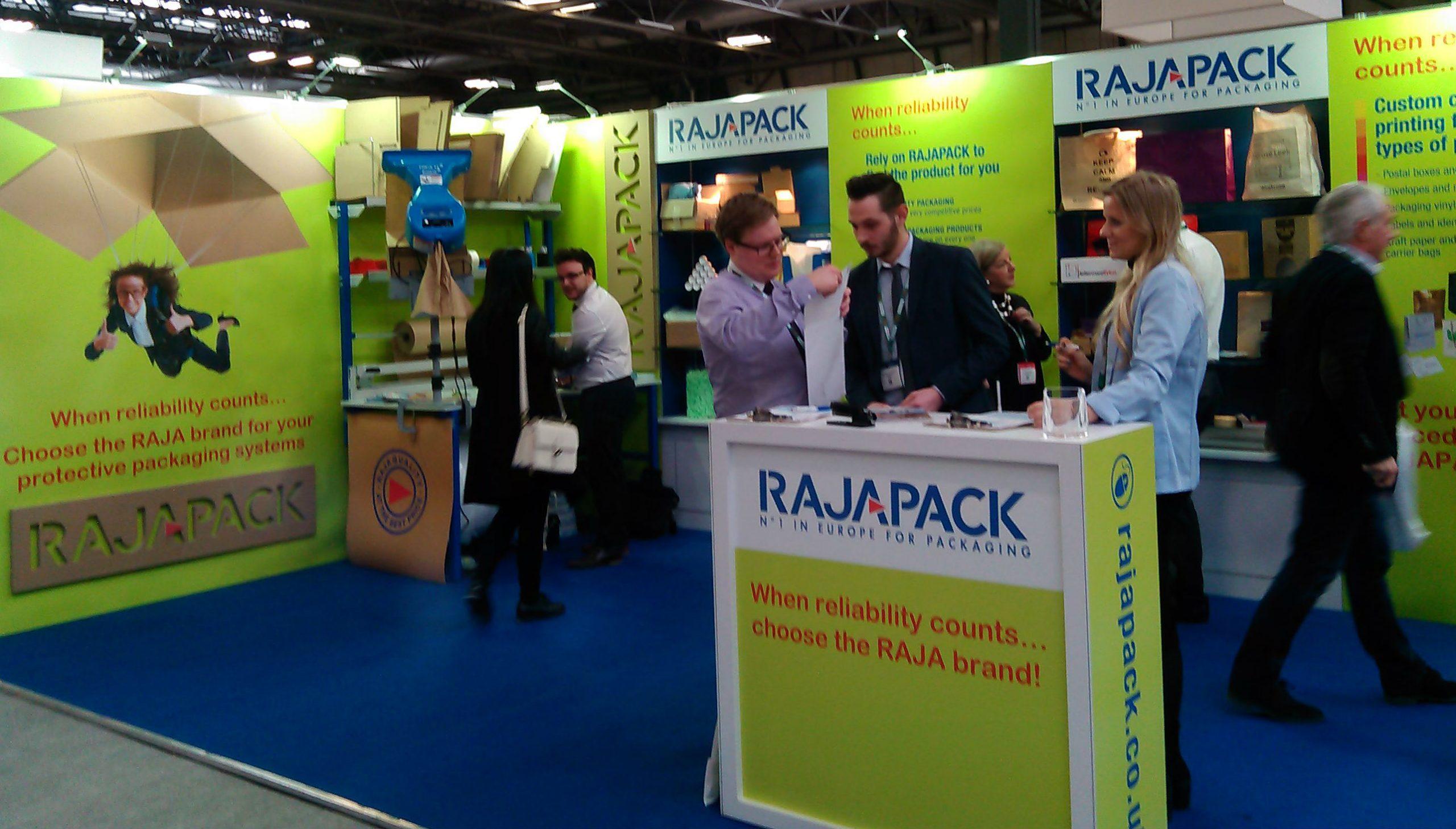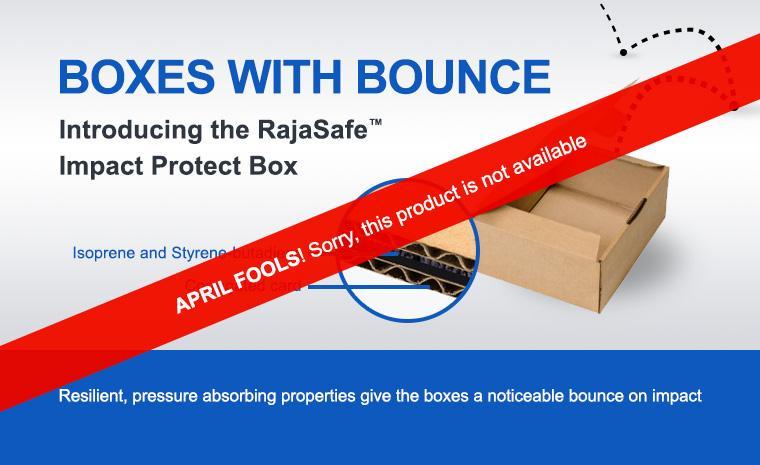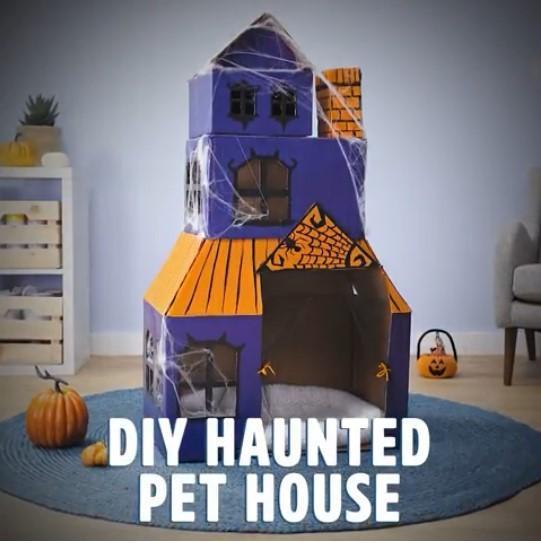Packaging tape is an essential for anyone who intends to post cartons or boxes and seal them securely. It’s the glue that holds packaging together; strong, versatile, easy to work with and apply. But how can it best be used? Is it recyclable? What exactly is a pistol grip dispenser?
These are some of the questions we answer in today’s post, with a focus purely on packaging tape. We’ll be covering everything you need to know, including how it’s used , how to apply to boxes and remove it safely, as well as how to use tape dispensers to save time and effort in sealing.
So, how exactly do you use packing tape?
Packaging tape is easy to use, it is one of the simplest packaging items but must be handled correctly – you could quickly end up in a mess with a lot of tape wasted if you’re not careful! We’ve included some tips below on how to use packing tape to ensure you get the most from it.
Firstly, make sure it’s packaging tape that you’re using – not cellophane tape (Sellotape), paper masking tape or craft tape. Packaging tape has been designed for sealing boxes and cartons with a strong and long lasting stick and is made from a strong, bonded material. This strong bond will ensure the tape won’t peel off during shipping or storage nor will your parcel pop open which could have disastrous consequences. Always make sure you’re using the right tape for the job.
In most cases the packaging should be applied using a tape dispenser. This doesn’t just make it a lot faster and easier it actually makes sure that the tape has been applied properly without any crinkles or the tape sticking to itself. The pressure of the tape dispenser helps seal with the tape to the box or surface.
There are many different types of packaging tape available, ranging from heavy duty to low noise, cross filament, vinyl, polypropylene and more. It’s a topic we have touched on before though we do understand it can be overwhelming due to the different properties that each tape offers.
Evaluate what you are going to need the tape for, considering factors like where it will be used (indoor or outdoor), the weight of the contents, the materials to be bonded together and the range of items to be sealed. You can find our full range of tape online but if you need help and advice then do get in touch with our Packaging Specialists who will be happy to help you find the right tape for your needs. Simply contact our team on 0800 542 44 28, or sales@rajapack.co.uk.
How to use a packing tape dispenser?
Packing tape dispensers are useful if you’re regularly sealing boxes, cartons or parcels with tape – a dispenser can make this process a lot faster and easier. It can affix tape in one smooth action, saving time and energy, minimising wastage and improving efficiency.
Packaging tape dispensers come in many different types. The most common is the pistol grip dispenser and that will be the one we are focusing on today. With an easy to grip, comfortable pistol-like handle, they offer everything you need to dispense, stick and cut tape in one small, robust tool.
To operate, first load the roll of tape onto the dispenser reel. Ensure the tape fits snugly over the reel and stays in place. You’ll need to make sure that the sticky side of the tape is facing the floor, downwards, as this will be how the tape is dispensed and sticks to the surface you’re taping.
Once it’s loaded, feed the start of the tape reel into the dispenser. Take the sticky end of the tape and pull this through the narrow dispensing slit. This will be a thin channel that leads to the front of the dispenser and into the cutting teeth where the tape is fed through as it’s operated. There may be a lever clip present to pull down and secure the tape in place.
Many dispensers feature a small adjustable screw in the centre of the reel which will allow you to adjust the resistance and tightness of the reel, so make sure this is adjusted as required to allow the tape to spin freely with some resistance.
With the tape fed through, you are ready to seal your first box and set up the dispenser for continuous use. Ensure the surfaces you wish to tape are clean and free from dust and dirt. Stick the end of the tape to the surface where you wish the tape to start, and then pull the pistol grip along the length of the area to be taped. The tape should run off the reel and give you a nice, clean and straight seal.
To cut and finish, simply tilt the pistol grip handle towards the surface, front first. This will engage the cutting teeth across the tape, slicing the tape and leaving the next section of tape ready to stick on the front of the reel. We’ve included a useful video below which demonstrates this process clearly .
Source: https://www.youtube.com/watch?v=WJ6MOm9xDHE
All you need to know about packaging tape
With many different types of tape available to buy, customers have many questions about the safety, use and environmental impact of tape. Below we’ve answered a few of the more common questions we regularly receive about our range of packaging tapes.
Is packing tape recyclable?
The good news is that yes, packing tape is recyclable. Even better is that it can be recycled along with the cardboard boxes that it’s usually found on. Many recycling sites remove the tape from the cardboard and recycle these separately, but you can help them by separating these yourself prior to disposal – we’ve included some information about that below.
What temperatures can packaging tapes be used at?
Most packaging tapes can be used across a broad range of temperatures, up to higher heat levels of between 35 and 45°C. Below, we’ve detailed the recommended temperature limits across a range of tape types, provided they are applied correctly to clean cartons and are kept out of direct sunlight:
Once tape has been applied to a carton, lab tests have shown that the sealed cartons can stay closed across a temperature range from –10°C up to 100°C, provided that the tapes have been applied by hand or machine, under normal conditions to clean cartons free from dust and moisture. These are wider limits that tape can be used at, but we don’t recommend you rely on them and stick to the recommended temperature ranges above.
How to remove packing tape
Once you’re finished with a carton, as we learnt earlier that it can be recycled along with the tape in one piece, but it’s better to remove the packing tape before disposing the box – if you are able to.
If you can peel off a short length of the tape, then the rest of it should easily separate from the carton. With the loose end of the tape in one hand, securely hold the carton in the other and pull the tape off along the direction that it is stuck.
It should separate in one smooth motion, though be careful of other lengths of tape that may cross over it. Sometimes two or three lengths may be stuck over one another at joins or over corners, so make sure you’re removing the top length of tape so it will separate easily.
If you need to know how to remove packing tape residue from surfaces that have been secured with tape, then there are a few solutions that can help. First, we recommend treating with warm, soapy water. If the residue is not too firm then usually this can work as a quick and simple solution.
If the tape residue is tougher or has been stuck for some time, then try something stronger. We recommend rubbing alcohol, methylated spirits or spraying with WD40. Applying to a cloth and then rubbing the residue should lift it easily – do take care though and ensure that the surface won’t be damaged by using one of these formulas.
How to tape packing boxes
Finally, we’re going to wrap up with some information on how to tape packing boxes. There is a tried and tested method to seal a box that will ensure it’s secure and safe, with all seals covered and reinforced.
The method that we use is called the ‘H’ seal method – when it’s complete, as you can see from the picture below, the tape spells out a letter H.
This method ensures that all seals are securely taped over with no risk of opening. It also helps to make the box tamper-resistant, as any removal of tape will leave a lasting mark on the box and be clear to see.
Once your items and contents are contained, close all flaps of the box fully. Once closed, tape up the long centre seal first along the length of the box, ensuring that there is some tape running down the sides of the box to secure it firmly. Make sure the flaps are shut tight for a strong seal.
With the long flap secured, tape along the two outer edges where the flaps seal finishing the letter H and securely taping the box closed, folding it around the corners and down the sides.
If you’d like more information about packaging tape, our range of tape dispensers or the many different type of tape that we offer simply get in touch with our team of Packaging Specialists rawho will be happy to help. Simply visit www.rajapack.co.uk or contact our team on 0800 542 44 28, or sales@rajapack.co.uk.
























Nice write-up!
Keep writing more and sharing it with us.
I never thought that you could write so much text about the correct use of scotch! Is it possible that in the 21st century there are still people who cannot do paper sample this?
There are paper tapes available, such as the range we provide here: https://www.rajapack.co.uk/packaging-tape-strapping/masking-paper-tape_C1812.html